Passover
With information from
| The meaning of the Hebrew name: |
Pesach, Passover pass-over |
| Meaning of the holiday: |
Passover celebrates God liberating the Israelites from Egyptian bondage and the passing over of the Angel of death by the houses of the believers. |
| Pronunciation: |
If you can't say the guttural h sound represented by the ch in Pey-sach, say Passover. |
| Scripture Reference : |
Exodus 12:23 |
| Date: |
Nissan 15 - 22 |
| Foods: |
Traditionally, Jews eat no bread or leavened food on Passover, and do eat matzah, an unleavened bread. There are many food traditions that spring from this, including all the many foods made of ground matzah (called "matzah meal").
These include things like matzah balls, gefilte fish and sponge cake. Cookies and cakes made out of nuts, like macaroons, are also big on Passover, as are candies that follow the special rules of keeping kosher for this holiday. |
| Activities: |
Observantly we don't eat bread or other leavened foods and have big holiday meal called a seder where the story of the Exodus from Egypt is retold. This is a major holiday, meaning that traditional Jews take days off of work at the beginning and end of the eight days of the holiday, but work in the middle. |
| Holiday symbols and symbolism: |
Matzah, lambs (because of the historical Passover sacrifice), eggs, horseradish root, salt water. |
| Greeting: |
It's fine to say "Happy Pesach" or "Happy Passover." Some people say "Hag Sameah v' kasher"—have a happy and kosher holiday. |
| Fulfillment : |
Jesus is the sacrificial lamb who died for our sins. On Nisan 15 at the exact time the lamb was to be slain, Jesus was slain.
Jesus also had a four-day examination period before the religious leaders—and was found without blemish. |
| Scripture Reference : |
1 Cor. 5:7, 1 Peter 1:19, John 10:17-18, Matthew 20:191 Cor. 5:7, 1 Peter 1:19, John 10:17-18, Matthew 20:19 |

What Is Passover?
The eight-day festival of Passover is celebrated in the early spring, from the 15th through the 22nd of the Hebrew month of Nissan.
It commemorates the emancipation of the Israelites from slavery in ancient Egypt. It is observed by avoiding leaven, and highlighted by the Seder meals that include four cups of wine, eating matzah and bitter herbs, and retelling the story of the Exodus.
In Hebrew it is known as Pesach (which means “to pass over”), because G d passed over the Jewish homes when killing the Egyptian firstborn on the very first Passover eve.
The Passover Story in a Nutshell
After many decades of slavery to the Egyptian pharaohs, during which time the Israelites were subjected to backbreaking labor and unbearable horrors, G d saw the people’s distress and sent Moses to Pharaoh with a message: “Send forth My people, so that they may serve Me.” But despite numerous warnings, Pharaoh refused to heed G d’s command. G d then sent upon Egypt ten devastating plagues, afflicting them and destroying everything from their livestock to their crops.
At the stroke of midnight of 15 Nissan in the year 2448 from creation (1313 BCE), G d visited the last of the ten plagues on the Egyptians, killing all their firstborn. While doing so, G d spared the children of Israel, “passing over” their homes—hence the name of the holiday. Pharaoh’s resistance was broken, and he virtually chased his former slaves out of the land. The Israelites left in such a hurry, in fact, that the bread they baked as provisions for the way did not have time to rise. Six hundred thousand adult males, plus many more women and children, left Egypt on that day and began the trek to Mount Sinai and their birth as G d’s chosen people.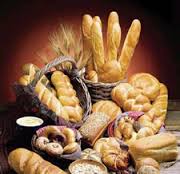
In ancient times the Passover observance included the sacrifice of the paschal lamb, which was roasted and eaten at the Seder on the first night of the holiday. This was the case until Temple in Jerusalem was destroyed in the 1st century.
Orthodox Passover Observances
Passover is divided into two parts:
The first two days and last two days (the latter commemorating the splitting of the Red Sea) are full-fledged holidays.
Holiday candles are lit at night, and kiddush and sumptuous holiday meals are enjoyed on both nights and days. We don’t go to work, drive, write, or switch on or off electric devices. We are permitted to cook and to carry outdoors.
The middle four days are called Chol Hamoed, semi-festive “intermediate days,” when most forms of work are permitted.
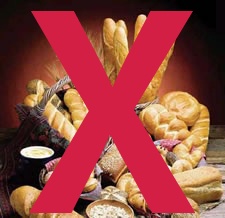 No Chametz No Chametz
To commemorate the unleavened bread that the Israelites ate when they left Egypt, we don’t eat—or even retain in our possession—any chametz from midday of the day before Passover until the conclusion of the holiday. Chametz means leavened grain—any food or drink that contains even a trace of wheat, barley, rye, oats, spelt or their derivatives, and which wasn’t guarded from leavening or fermentation. This includes bread, cake, cookies, cereal, pasta, and most alcoholic beverages. Moreover, almost any processed food or drink can be assumed to be chametz unless certified otherwise.
Ridding our homes of chametz is an intensive process. It involves a full-out spring-cleaning search-and-destroy mission during the weeks before Passover, and culminates with a ceremonial search for chametz on the night before Passover, and then a burning of the chametz ceremony on the morning before the holiday. Chametz that cannot be disposed of can be sold to a non-Jew (and bought back after the holiday).
Matzah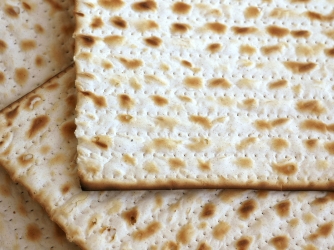
Instead of chametz, we eat matzah—flat unleavened bread. It is a mitzvah to partake of matzah on the two Seder nights, and during the rest of the holiday it is optional.
It is ideal to use handmade shmurah matzah, which has been zealously guarded against moisture from the moment of the harvest.
The Seders
The highlight of Passover is the Seder, observed on each of the first two nights of the holiday. The Seder is a fifteen-step family-oriented tradition and ritual-packed feast.
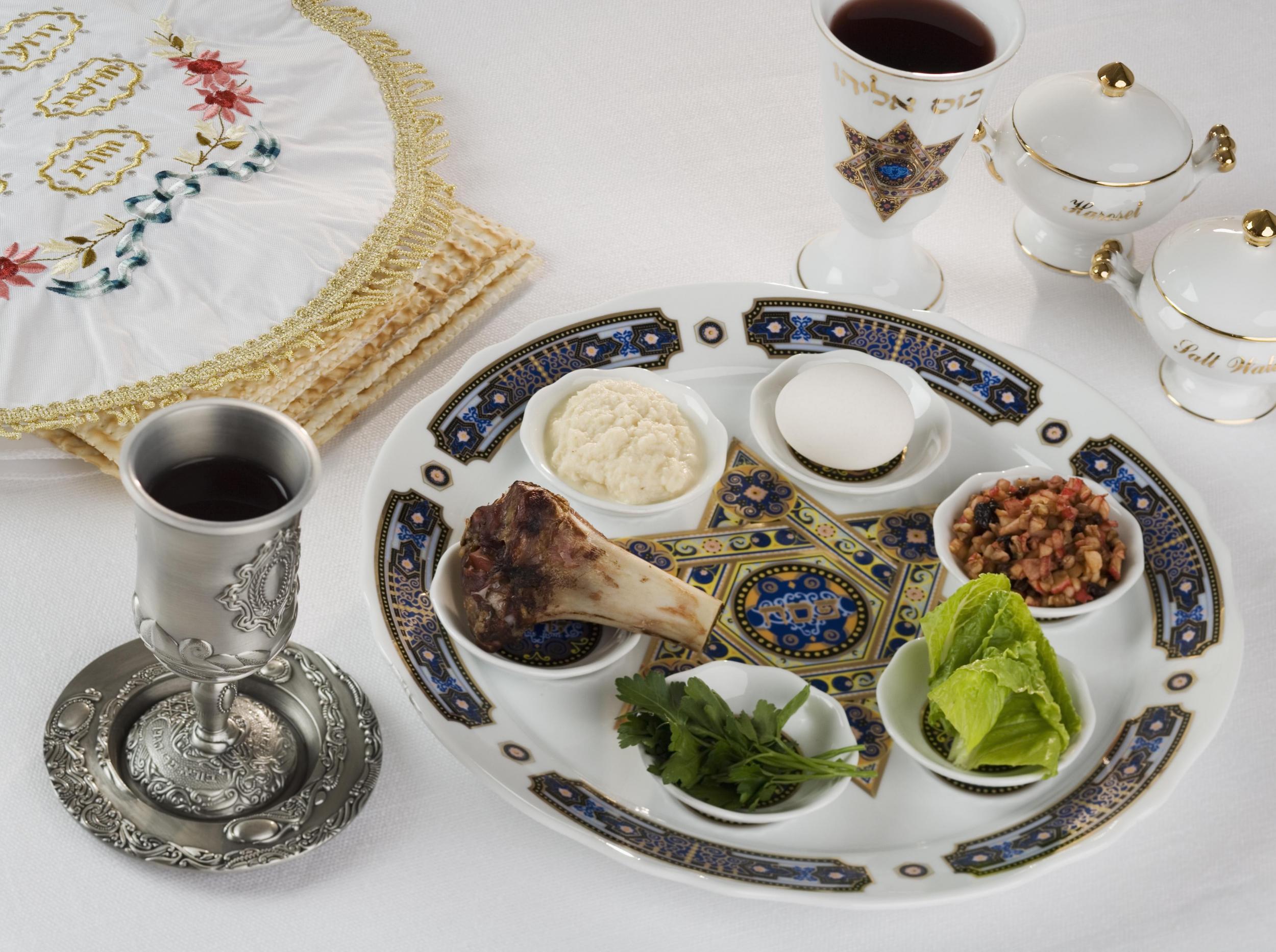 The focal points of the Seder are: The focal points of the Seder are:
- Eating matzah.
- Eating bitter herbs—to commemorate the bitter slavery endured by the Israelites.
- Drinking four cups of wine or grape juice—a royal drink to celebrate our newfound freedom.
- The recitation of the Haggadah, a liturgy that describes in detail the story of the Exodus from Egypt. The Haggadah is the fulfillment of the biblical obligation to recount to our children the story of the Exodus on the night of Passover. It begins with a child asking the traditional “Four Questions.”
A Passover Message
Passover, celebrating the greatest series of miracles ever experienced in history, is a time to reach above nature to the miraculous. But how are miracles achieved? Let’s take our cue from the matzah. Flat and unflavored, it embodies humility. Through ridding ourselves of inflated egos, we are able to tap into the miraculous well of divine energy we all have within our souls.
The Passover Lamb
1 Now Adonai spoke to Moses and Aaron in the land of Egypt saying,
2 “This month will mark the beginning of months for you; it is to be the first month of the year for you.
3 Tell all the congregation of Israel that on the tenth day of this month, each man is to take a lamb for his family one lamb for the household.
5 Your lamb is to be without blemish, a year old male. You may take it from the sheep or from the goats.
6 You must watch over it until the fourteenth day of the same month. Then the whole assembly of the congregation of Israel is to slaughter it at twilight.
13 The blood will be a sign for you on the houses where you are. When I see the blood, I will pass over you. So there will be no plague among you to destroy you when I strike the land of Egypt.
Exodus 12:1-3, 5-6, 13
The Passover Exodus is the watershed event in Jewish history. Indeed, it is a momentous event for all mankind. Many Believers don’t fully comprehend the Passover in the context of the awesome atoning work of God. You cannot fully appreciate our redemption in the Messiah until you understand the ordinance of Passover. All the biblical Feasts and observances were foreshadows of the redemptive work that the Messiah would ultimately accomplish. The gospel of John uses the Passover as the backdrop for his retelling of the atonement we have received through Jesus our Messiah.
The apostle Paul, an Orthodox Jewish Rabbi, wrote, “For Messiah, our Passover lamb, has been sacrificed” (1 Cor. 5:7). In his mind and the minds of the authors of the Gospels, a 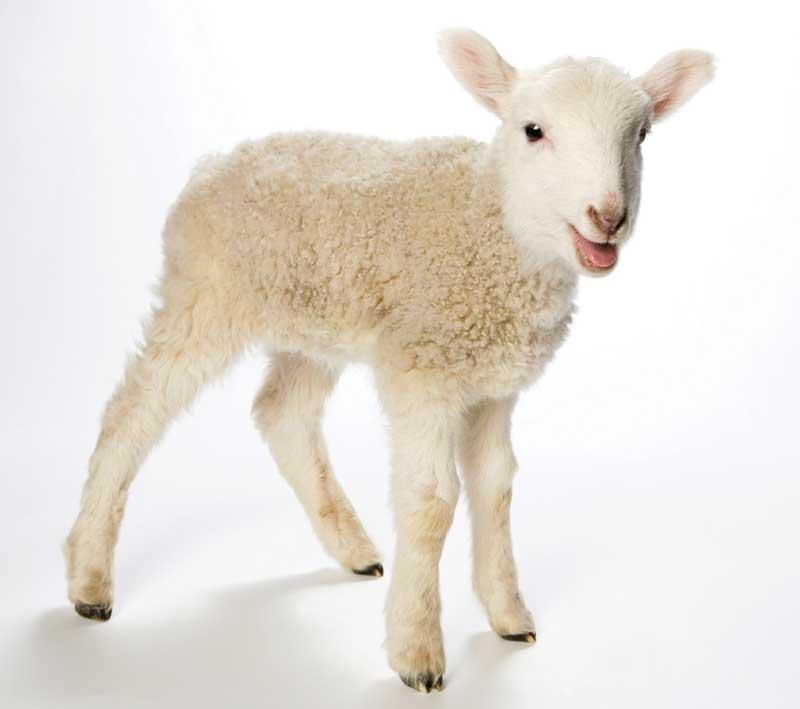 clear prophetic connection existed between the death, burial, and resurrection of the Messiah and Yeshua’s ultimate fulfillment of the Passover. clear prophetic connection existed between the death, burial, and resurrection of the Messiah and Yeshua’s ultimate fulfillment of the Passover.
The word Passover comes from the Hebrew “Pesach,” which means “to pass over.” Interestingly, the Aramaic word for lamb is “talya,” which can mean either lamb or servant. The passage in Isaiah 53, referred to as “The Suffering Servant,” describes Yeshua as a Lamb led to the slaughter, and He is referred to as “the Lamb” not less than 34 times in the New Testament. The parallels between the Passover lamb and Yeshua are extraordinary. Let’s take a look.
Unblemished
The animals you choose must be year-old males without defect, and you may take them from the sheep or the goats. —Exodus 12:5
The Passover lamb, according to the ordinance of Pesach, was to be in the prime of life and without blemish. Blemish refers to sin. Yeshua, our final and perfect atonement lived a sinless life.
We are told that we have been redeemed out of sin—not with corruptible things such as silver and gold, but with the precious blood of the Messiah—as a lamb “without blemish or defect” (1 Peter 1:19). Why? Because “God made him who had no sin to be sin for us, so that in him we might become the righteousness of God” (2 Cor. 5:21).
Each Household Needed A Lamb
The Word of God is explicit in the Prophets and in the New Covenant that all have sinned and fallen short of the glory of God. There is not one who is righteous. Everyone needs atonement to have a personal relationship with God. Just as each household required a lamb, the Word of God is clear that every individual needs atonement, a sacrifice for his sin. What we consider our righteousness before Him is really “as filthy rags” (Is. 64:6).

Yeshua the Lamb of God
The Community of Israel Required A Lamb
When all the people of the community of Israel…—Exodus 12:6
Erroneous anti-Semitic doctrine says the Jewish people killed Jesus. In much of Europe during World War II, Jewish people were not permitted to live—for no reason except they were Jewish. They were called “Christ-killers.” This concept was not new. This erroneous theology that the Jewish people had killed Jesus began in the early Church. But is this true? No.
Matthew 20:19 says He would be turned “over to the Gentiles to be mocked and flogged and crucified. On the third day he will be raised to life!” Did the Gentiles kill Yeshua? No. So who killed Jesus?
Exodus 12:6 says that all the people of the community of Israel must slaughter the “Passover lamb.” Messiah, our Passover Lamb, died for the sins of all the world so those who believe in Him shall not perish but have everlasting life. Yeshua said in John 10:17-18 that He alone had the authority to end His life. He laid down His life freely in order that the Scriptures would be fulfilled. Without His sacrificial act, we would have no redemption. The assembly killed Yeshua because He had to die—and chose to die for us as our Passover Lamb.
|









 No Chametz
No Chametz
 The focal points of the Seder are:
The focal points of the Seder are: clear prophetic connection existed between the death, burial, and resurrection of the Messiah and Yeshua’s ultimate fulfillment of the Passover.
clear prophetic connection existed between the death, burial, and resurrection of the Messiah and Yeshua’s ultimate fulfillment of the Passover.
